
Share this
Subscribe
Recent Posts
Previous story
← SEO for Lawyers: Essential Guide to Law Firm SEO In 2025

In a world where competition is fierce and customer expectations are higher than ever, it’s crucial for businesses to stay ahead of the game with cutting-edge, proven sales enablement tools, platforms, and strategies.
But what does it take to truly unlock the power of a winning sales enablement strategy and platform and drive your organization’s growth?
In this blog post, we’ll take a look at the world of sales enablement, exploring its importance, key components, best practices, and top tools and technologies that can help you supercharge your owns sales enablement efforts and achieve your revenue goals.
Whether you’re a sales leader, a marketing professional, or a product developer, this blog post will equip you with the insights and practical tips you need to create and implement winning sales enablement strategies. Get ready to embark on a journey that will transform the way you approach your sales enablement leadership and drive your organization’s success and customer journey to new heights.
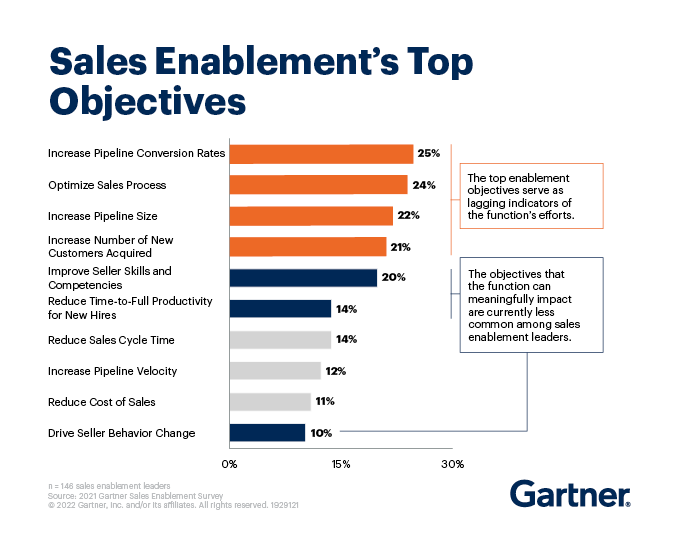
Strategies of sales enablement provide sales teams with the tools and resources needed to reach their goals across the B2B buyer's journey.
Collaboration between sales and marketing team is essential for a successful strategy that drives improved results throughout the buying process.
Measuring success involves tracking leading & lagging indicators, as well as utilizing the right technology/tools to streamline processes & enhance productivity.
| SET UP | RECURRING | CAMPAIGNS |
| Persona development | Sales training & coaching | Upsell & cross-selling |
| Sales process audit | Sales collateral maintenance | Retrospective reporting analysis |
| Reporting creation | Competitive intelligence maintenance | Persona specific programs |
| Template Setup | Enablement asset library hygiene | Campaign specific collateral |
| Workflow Setup | Lead routing optimization | Customer reviews integration |
Sales enablement has become a critical requirement for sales-driven organizations. It equips both sales leaders and the sales team with essential resources to attain success and attain revenue objectives.
These strategies typically involve:
Reporting and analysis
Optimizing sales content
Refining sales operations
Incorporating technology and automation
Utilizing sales enablement software
Investing in comprehensive strategies of sales enablement provides sales teams with the tools and resources necessary to reach their goals and excel in their roles.
A strong sales enablement strategy plays a pivotal role in defining an organization's mission and guiding its strategy. It ensure that all sales and marketing efforts are aligned and directed toward achieving the desired outcomes. Implementing an effective sales enablement charter, strategy, and playbook goes beyond alignment.
It empowers businesses in several key ways:
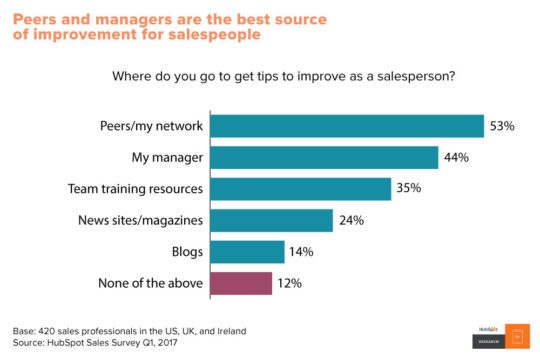
Aligning sales operations and marketing teams is essential for a unified and efficient sales enablement strategy.
When sales operations and marketing team collaborate effectively, they can:
Identify discrepancies in the consideration and decision stages of the buyer’s journey
Record commonly asked questions that reps are posed
Permit marketers to accompany sales representatives on calls, listen to call recordings, or confer with reps to create more effective content for buyers and sales personnel
This fosters a connection and cooperation between the various sales operations and marketing departments that is a key element of the sales enablement process.
Effective interdepartmental communication between the marketing and sales teams plays a vital role in sharing lead quality data, sales enablement insights, and persona-specific content.
Promoting collaboration across departments facilitates organizations in aligning the efforts of the marketing and sales teams, enabling them to work together towards shared objectives and mutually reinforce their endeavors. This collaboration ultimately contributes to the development of a more efficient sales enablement blueprint and drives improvements in sales results.
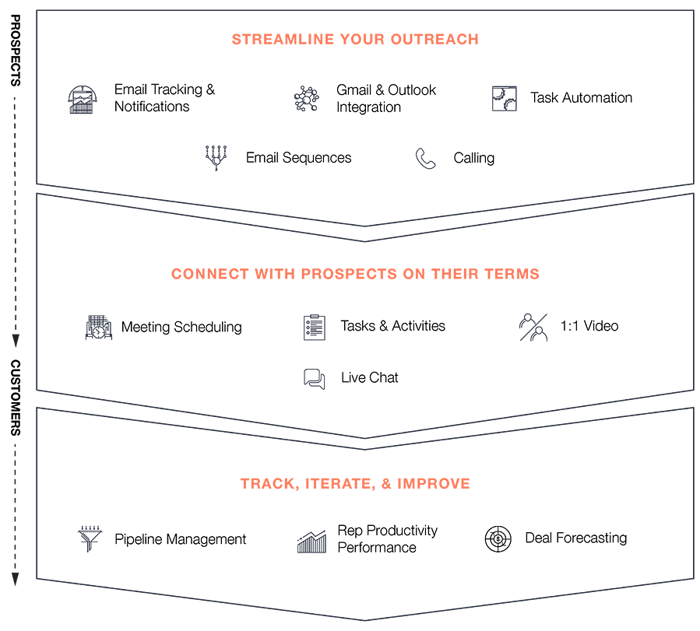
Sales and sales enablement services play a crucial role in enhancing the performance of sales organizations throughout the sales cycle. They equip sales teams with the necessary resources, tools, and information to effectively engage with prospects and customers.
By implementing a comprehensive and effective sales enablement strategy and framework, sales organizations can potentially achieve shorter sales cycles and higher win rates, resulting in an overall improvement in sales pipeline performance.
The sales enablement team, which includes sales enablement professionals and leaders like a sales enablement manager, plays a pivotal role in this process. They facilitate the efficient delivery of relevant sales enablement content, ensuring that sales representatives are well-prepared to engage with prospects and successfully close deals.
By implementing a full sales enablement platform and sales process first, these three sales process enablement software platforms strive to improve sales performance by fostering alignment, modeling top seller behavior, and providing consistent sales pitch practice & feedback across sales funnel.
To further enhance the sales funnel and pipeline velocity, strategies of sales enablement should also focus on creating niche case studies that effectively demonstrate the product and highlight the problems it solves for target customers. Launching these strategies and utilizing the right, sales enablement resources and tools can help businesses drive their sales cycle performance and achieve their revenue goals.
Focusing sales enablement strategy on four key components unlocks the full potential of a sales enablement strategy:
Training and coaching
Content creation and management
Technology and tools
Cross-departmental collaboration.
Addressing each of these elements, businesses can create comprehensive and effective, sales training and enablement strategies that equips sales representatives with the necessary skills, knowledge, and resources to excel in their roles and drive sales performance.
In the following sections, we’ll explore each component in greater detail, providing insights and practical tips on how to implement these elements in your sales enablement framework. By focusing on these key components, you’ll be well on your way to transforming your sales team enablement efforts and achieving your sales organization that’s growth objectives.
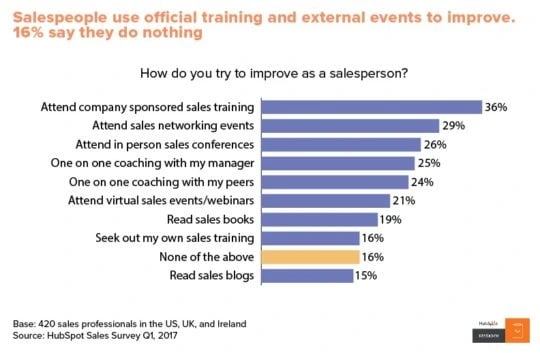
Training and coaching play a crucial role in sales enablement, providing both sales managers and reps with the essential skills and knowledge to succeed in their roles. Frequent and thorough training sessions can assist your sales team and representatives in reaching their quotas more expeditiously and reliably.
Developing key skills, such as empathy, critical thinking, and strategic thinking, is essential when it comes to a coaching-driven approach to sales training. This enables maximization of selling opportunities.
To encourage the adoption of new marketing and after sales enablement services, technology platforms, software and tools, businesses should:
Involve their sales team in the selection process
Provide incentives for using the new technology
Incorporate ongoing training and coaching into their sales enablement strategy
This ensures that sales managers and reps are well-equipped to have sales qualified leads meet their targets and drive sales performance.
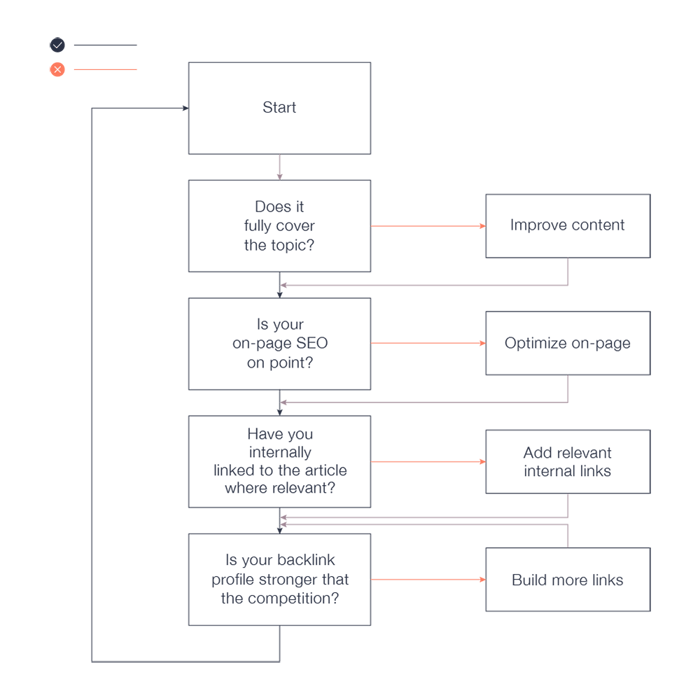
Creating and managing pertinent, captivating content is of utmost importance in order to bolster the marketing and sales' team in their dealings with prospects and customers. Sales enablement’s role is to bridge the gap between marketing and the sales funnel by integrating beneficial content into a catalog that is searchable and makes pertinent, consistent content accessible precisely when the marketing and sales' team requires it most.
Utilizing efficient tools like Google Docs or a reliable CRM to organize sales content can ensure that all materials are easily accessible, intuitive, and precisely located when most necessary and often time-sensitive.
An exemplary content library must be akin to a professional kitchen, where all tools are easily accessible, intuitive, and precisely located when most necessary and often time-sensitive, as well as searchable and well-organized.
Focusing on effective content creation and management empowers your sales representatives with the resources they need to engage with prospects and close deals more effectively.
Employing suitable, sales enablement platforms, software tools and technologies is essential to optimize processes and increase efficiency. Sales enablement platforms and software, such as CRM systems and content management platforms, can provide a centralized platform and efficient tools for the creation, editing, sharing, and management of resources.
Utilizing the appropriate sales enablement technology and tools can facilitate interdepartmental communication, expedite prospect outreach, and guarantee that sales professionals are prepared to deliver the optimal presentation.
Sales training tools, like role-playing scenarios, training videos, and call or email scripts, can help sales representatives hone their skills and improve their sales-based performance. Incorporating the right, sales training and sales enablement resources, tools and technologies into your strategy streamlines processes, enhances sales productivity, and drives sales success.
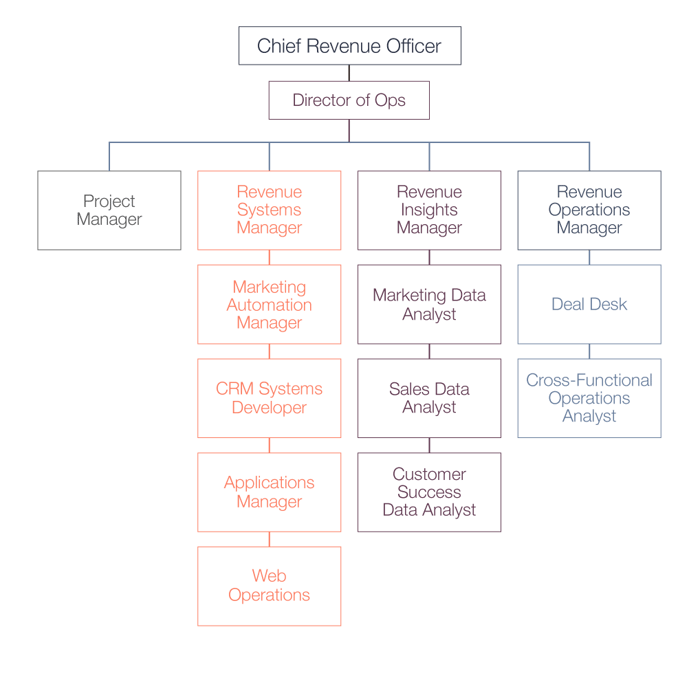
Fostering collaboration among sales, marketing, and product development teams is essential in sales enablement to guarantee a unified approach.
Optimal practices for cross-departmental collaboration involve:
Creating unambiguous communication channels
Cultivating a collaborative environment
Delineating roles and duties
Setting shared objectives
Promoting knowledge exchange
Offering resources and assistance
Developing trust and esteem
Assessing and optimizing
Leadership endorsement
Celebrating accomplishments
Fostering a collaborative environment and encouraging cross-departmental communication ensures that all teams are working together towards a common goal and supporting each other’s efforts. This unified approach will not only improve the effectiveness of your marketing and sales oriented teams and implement sales enablement strategy but also drive overall business growth and success.
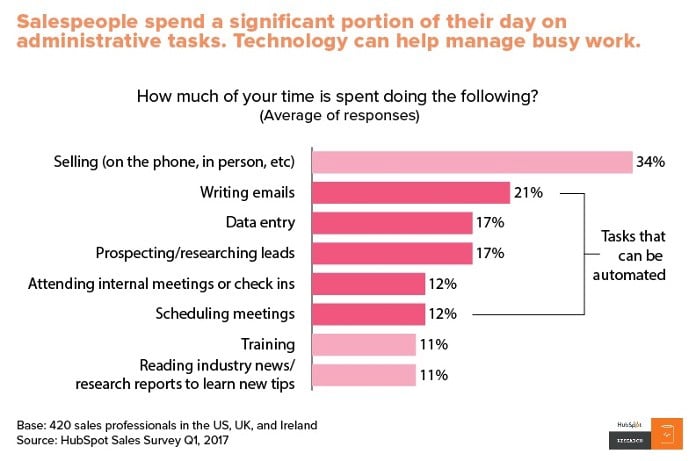
To ensure the success of your sales enablement strategy, it’s crucial to follow best practices in implementation of sales enablement material.
This includes:
Setting clear goals
Involving key stakeholders
Regularly evaluating and refining your strategy to adapt to changing market conditions and business objectives.
In the following sections, we’ll explore each of these sales enablement best practices in greater detail, providing insights and practical tips on how to implement them in your sales empowerment efforts. By following these best practices, you’ll be well on your way to creating a winning sales enablement strategy that drives sales oriented performance and achieves your organization’s growth goals.
Setting specific, measurable, achievable, relevant, and time-bound (SMART) goals is of great importance for sales enablement initiatives. These goals provide a clear roadmap for implementing sales enablement playbooks, ensuring that all efforts are focused on achieving the desired outcomes. Defining SMART goals equips you to measure the success of your sales empowerment initiatives and make data-driven decisions to optimize your strategy.
Success in sales enablement process can be gauged by monitoring progress towards established objectives, such as sales revenue, customer satisfaction, and customer churn rate. By setting clear goals and objectives for your sales enablement playbook, you’ll ensure that your efforts are focused on driving sales-based performance and achieving your organization’s growth objectives.
Involving key stakeholders, such as sales representatives, managers, and marketing professionals, in the development and execution of comprehensive sales enablement strategy and methodology is essential. Effective stakeholder communication and collaboration can help to ensure that your strategies of sales enablement are well-aligned with the needs and objectives of your organization.
Involving stakeholders in the planning and implementation of implement sales enablement process provides valuable insights and feedback that can help shape and optimize your sales empowerment efforts.
To foster collaboration and engagement among stakeholders, consider using communication tools like Slack and Zoom to facilitate cross-departmental communication. Regular meetings, progress updates, and opportunities for feedback can also help to maintain stakeholder engagement and ensure that your sales enablement strategy remains on track and aligned with your organization’s goals.
Regular assessment and improvement of sales enablement processes and strategies is essential for sustained success and flexibility. Continuously monitoring and refining your various sales enablement processes and efforts ensures your strategy remains agile, adaptable, and focused on driving sales oriented performance.
The recommended practices for evaluation and improvement include:
Establishing clear goals and objectives
Obtaining pertinent data
Examining the data
Obtaining feedback
Implementing modifications
Tracking progress
Consistently reviewing and revising
Following these best practices for evaluation and improvement in sales enablement important equips you to identify areas of opportunity and optimize your sales enablement strategy for maximum impact. With a continuous focus on improvement, your sales empowerment efforts will drive sales-based performance and further support the growth of your sales team.
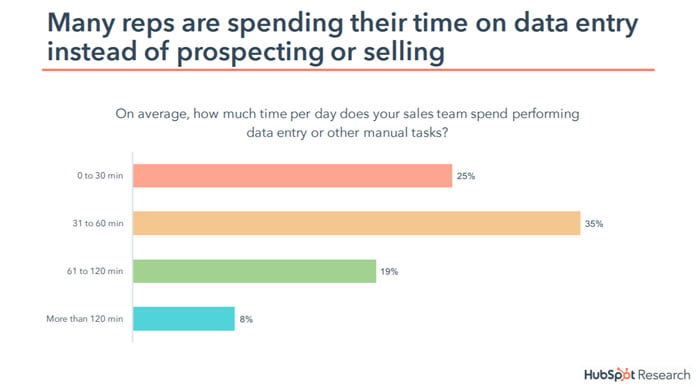
In today’s fast-paced business environment, sales enablement important and leveraging the right tools and technologies can make all the difference in the success of your sales empowerment efforts. From CRM systems and content management platforms to communication and collaboration tools, there are a variety of solutions available that can support and enhance your sales enablement initiatives.
In the following sections, we’ll explore some of the most popular, sales enablement software tools and technologies, discussing their benefits and how they can help you supercharge your sales efforts.
By working these top tools and technologies into your sales enablement blueprint, you’ll be better equipped to streamline processes, enhance productivity, and ultimately drive sales success.
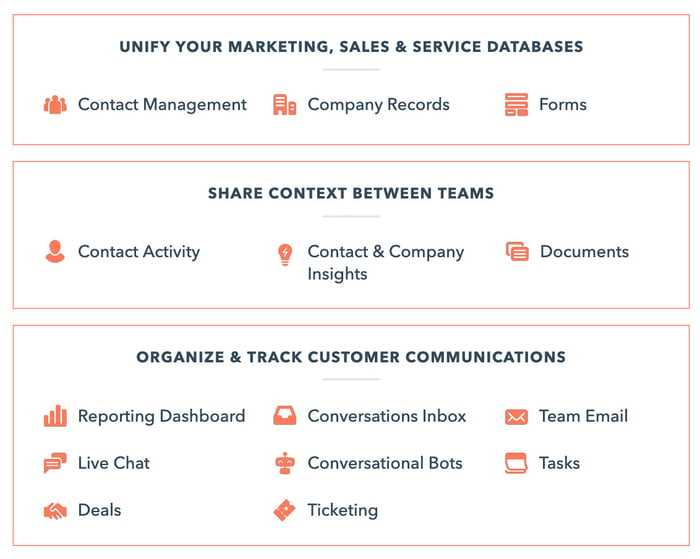
Customer relationship management (CRM) systems play a crucial role in managing customer interactions and delivering valuable insights for sales empowerment. These systems can help centralize customer data, making it easy for your sales team to access and manage the information they need to drive sales oriented performance.
Some of the most highly regarded CRM systems include:
Salesforce
HubSpot CRM
Zoho CRM
Microsoft Dynamics 365
Pipedrive
Leveraging a CRM system in your sales enablement framework enables efficient management of customer interactions, gaining valuable insights into your prospects and customers, and driving sales-based performance and growth.

Content management platforms play a crucial role in efficiently organizing and distributing your sales empowerment materials. They streamline the content creation process, reduce costs, and improve the customer experience by offering a centralized repository for all your diverse sales enablement materials.
Here are some of the top-recommended content management platforms:
WordPress
Drupal
Joomla
HubSpot CMS
Contentful
Integrating a full content management system or platform into your sales enablement strategy better equips you to create, manage, and distribute engaging and relevant content that supports your sales team and drives sales oriented performance.
Employing communication and collaboration tools, such as Slack and Zoom, can enable efficient cross-departmental collaboration and information sharing. These tools can help to facilitate communication between sales and marketing departments, sales and marketing departments, and product development teams, ensuring that everyone is aligned and working towards a common goal.
By using communication tools like Slack and Zoom, you can foster a collaborative environment that supports the success of your sales enablement strategy.
Incorporating communication and collaboration tools into your sales enablement strategy facilitates cross-departmental collaboration, improves information sharing, and enhances the effectiveness of your sales empowerment efforts.
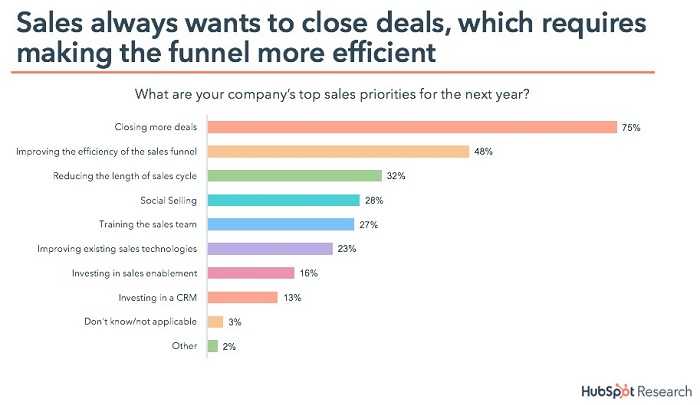
Measuring the impact and effectiveness of your sales enablement strategy is crucial to its ongoing success. By tracking relevant metrics and key performance indicators (KPIs), you can ensure that your sales empowerment efforts are driving the desired results and making a positive impact on your organization’s growth.
In the following sections, we’ll explore how to measure success of sales enablement tips using leading and lagging indicators, providing insights and practical tips on how to effectively track the progress and impact of your sales enablement initiatives.
Focusing on these key performance indicators equips you to assess the effectiveness of your marketing and sales teams' enablement efforts and make data-driven decisions to optimize your strategy for maximum impact.
As shown in the video above, tracking leading indicators, such as activities and pipeline creation, is essential for gauging the progress of your various sales empowerment programs and initiatives. These indicators provide an understanding of what is effective and what is not, helping you to identify areas of opportunity and optimize your various sales enablement programs and marketing efforts.
Some examples of leading indicators include:
Sales pipeline velocity
Conversion rates
Sales cycle length
Win rate
Sales productivity
Monitoring these leading indicators provides valuable insights into the effectiveness of your sales enablement strategy and better equips you to make informed decisions about optimizing your efforts for maximum impact.
Monitoring lagging indicators, such as:
win rates
deal sizes
revenue
average deal size
sales cycle length
customer satisfaction
Is essential for evaluating the overall success of your sales empowerment strategies. These indicators provide insight into the efficacy of your sales empowerment efforts, helping you to assess the impact of your strategy on driving sales-based performance and achieving your organization’s growth goals.
Tracking these lagging indicators better equips you to measure the overall success of your sales enablement-based strategy and make data-driven decisions to optimize your efforts for maximum impact.
In conclusion, a powerful sales enablement strategy is a critical component of driving sales oriented performance and achieving organizational growth in today’s competitive market.
By emphasizing the critical elements of a successful sales enablement manager and strategy, including training and coaching, content creation and management, technology and tools, and cross-departmental collaboration, companies can establish a comprehensive and efficient approach to empower their sales enablement leaders and teams. This approach equips them with the essential skills, knowledge, and resources needed to excel in their roles.
Achieving the full potential of your sales enablement strategy involves implementing the appropriate sales enablement platform and adhering to best practices. Also, leveraging top tools and technologies while measuring success through both leading and lagging indicators are all essential components in realizing the benefits of your sales empowerment strategy.
Following the insights and practical tips shared in this blog post, you’ll be well on your way to transforming your already define sales enablement efforts and driving your organization’s success to new heights.
Sales enablement definition is, the process of equipping sales teams with the knowledge, tools and resources they need to be successful. This includes providing them with email templates, sales sequences, content, tools and general information that help close more deals.
The four pillars of a full sales enablement technology platform are alignment, assets, just-in-time content, and tribal knowledge, according to Sheevaun Thatcher, Head of Sales & Service Enablement at RingCentral.
Develop a successful sales enablement strategy by establishing clear structure, defining sales empowerment for sales leaders in all roles, empowering sales rep with valuable conversations, building out an intentional tech stack, measuring outputs, reviewing your current sales process, defining sales goals, getting to know your customers, collaborating across departments, asking your team for input, using sales content, improving old sales content, or creating new sales materials, adopting proven sales enablement software tools, and training your sales reps. Start by establishing a clear structure for your sales enablement-based strategy.
Define what effective strategy of sales enablement means for all roles in your sales organization first. Empower valuable conversations between sales reps and potential customers first. Build out an intentional tech stack to support your sales empowerment strategy. Measure outputs to ensure your strategy is successful.
Review your current sales process and define sales goals. Get to know your potential customers, and their needs. Collaborate across departments to ensure everyone is on the same page.
The main goal of a sales enablement program is to equip teams of sales with the necessary resources, sales tools, and information to effectively engage prospects and customers. This includes providing sales reps with access to the latest product information, customer data, and sales materials.
Marketing and Sales team can collaborate by identifying buyer's journey discrepancies, recording commonly asked questions, and enabling marketers to accompany sales reps on calls or create more effective content for better sales enablement.
This can help the sales team and reps better understand their prospects and create more effective sales strategies. It can also help marketers create content that is tailored to the needs of the sales rep and marketing team and their prospects. This can lead to more successful sales conversations and better sales enablement.